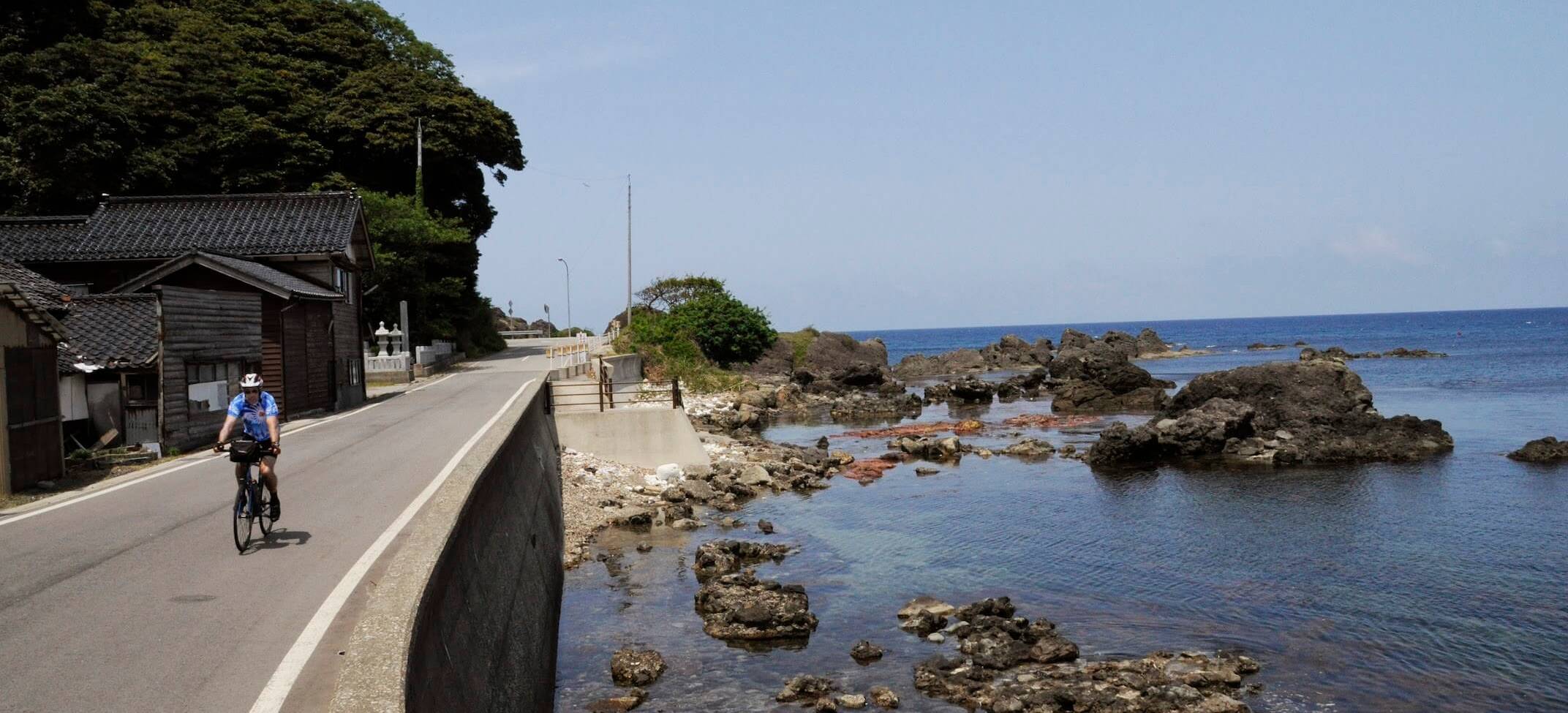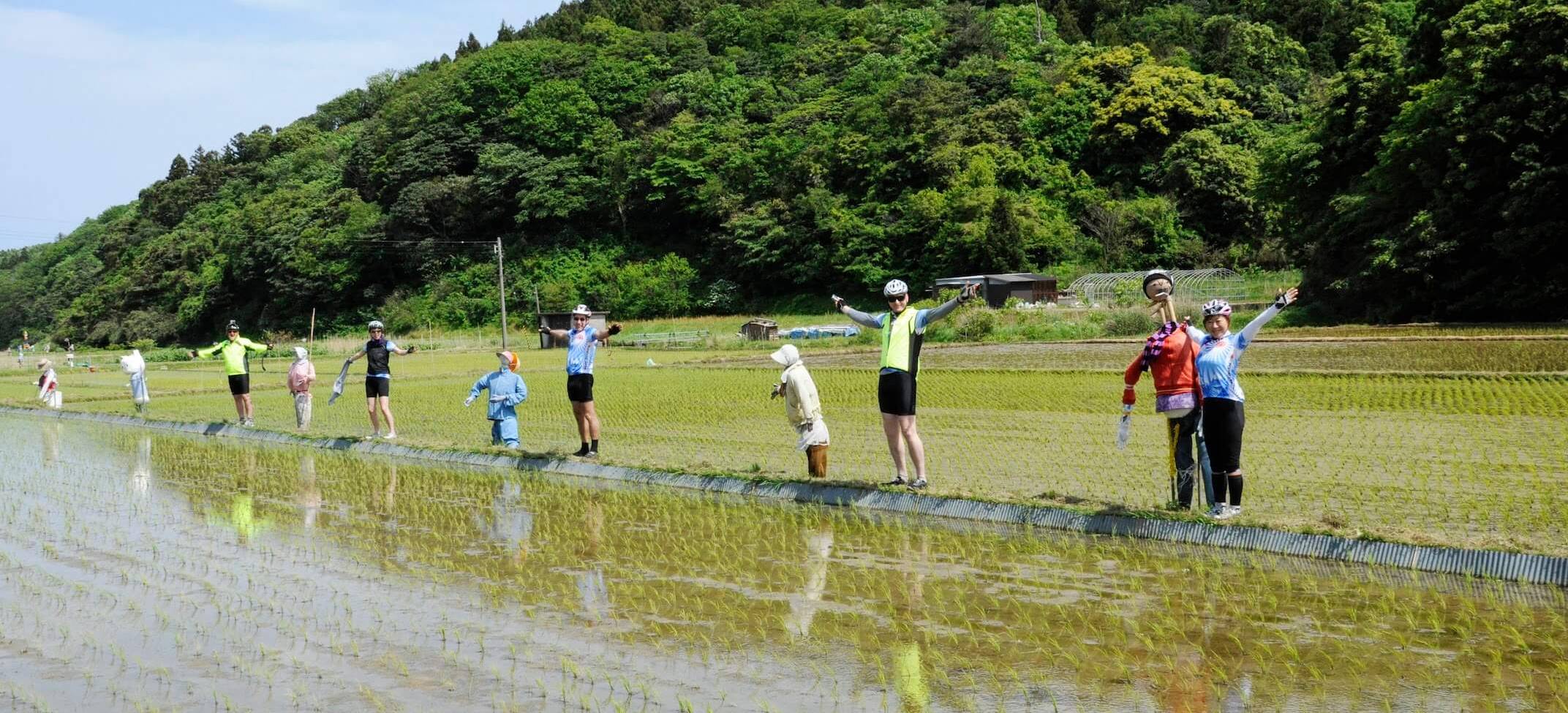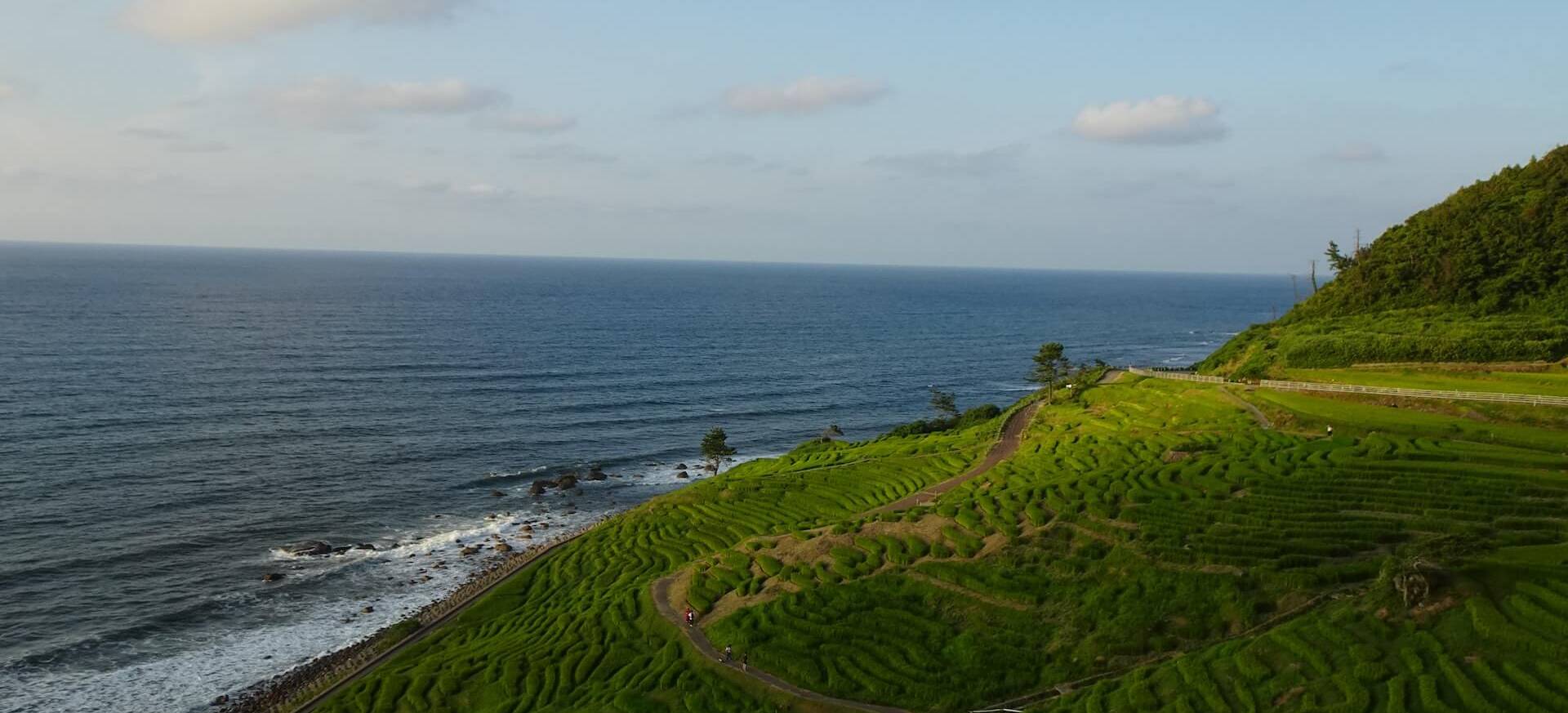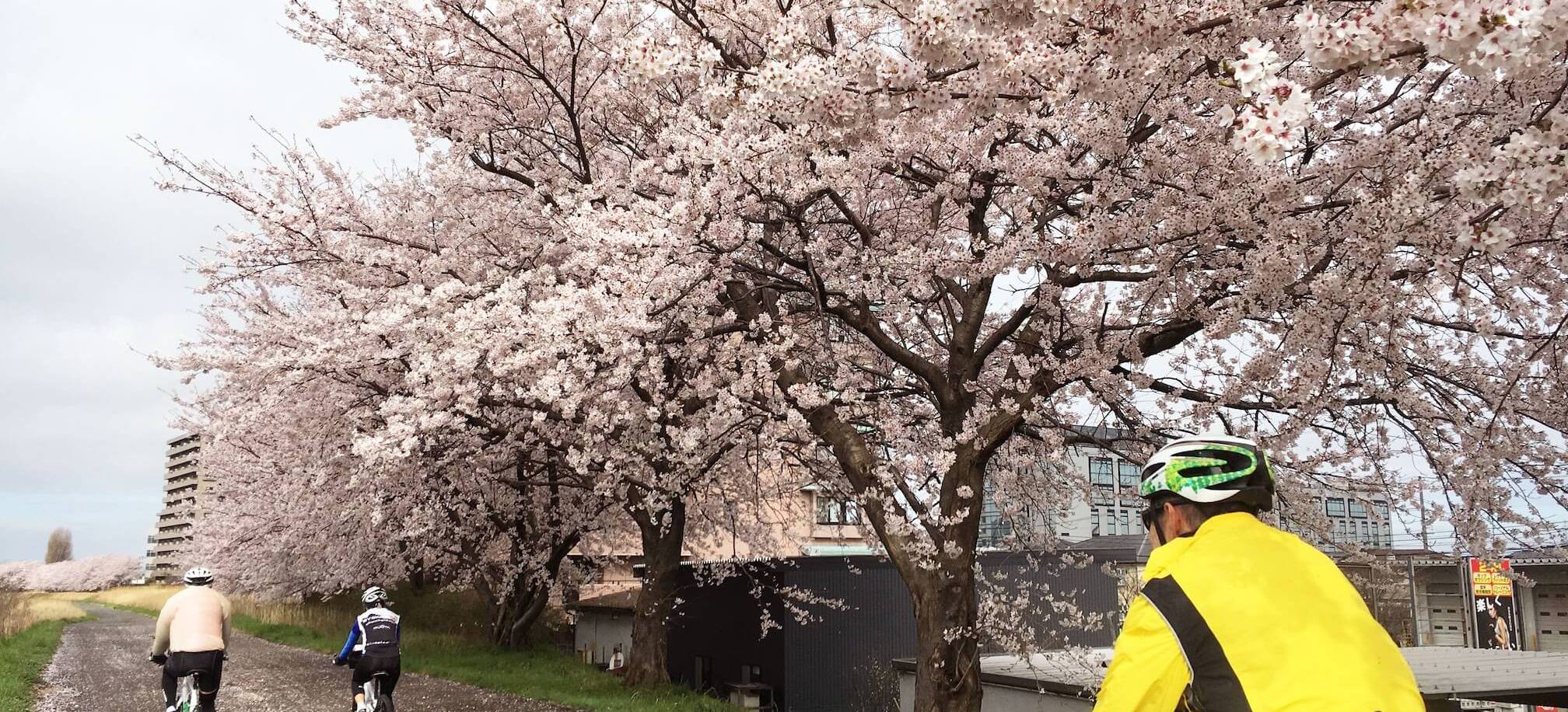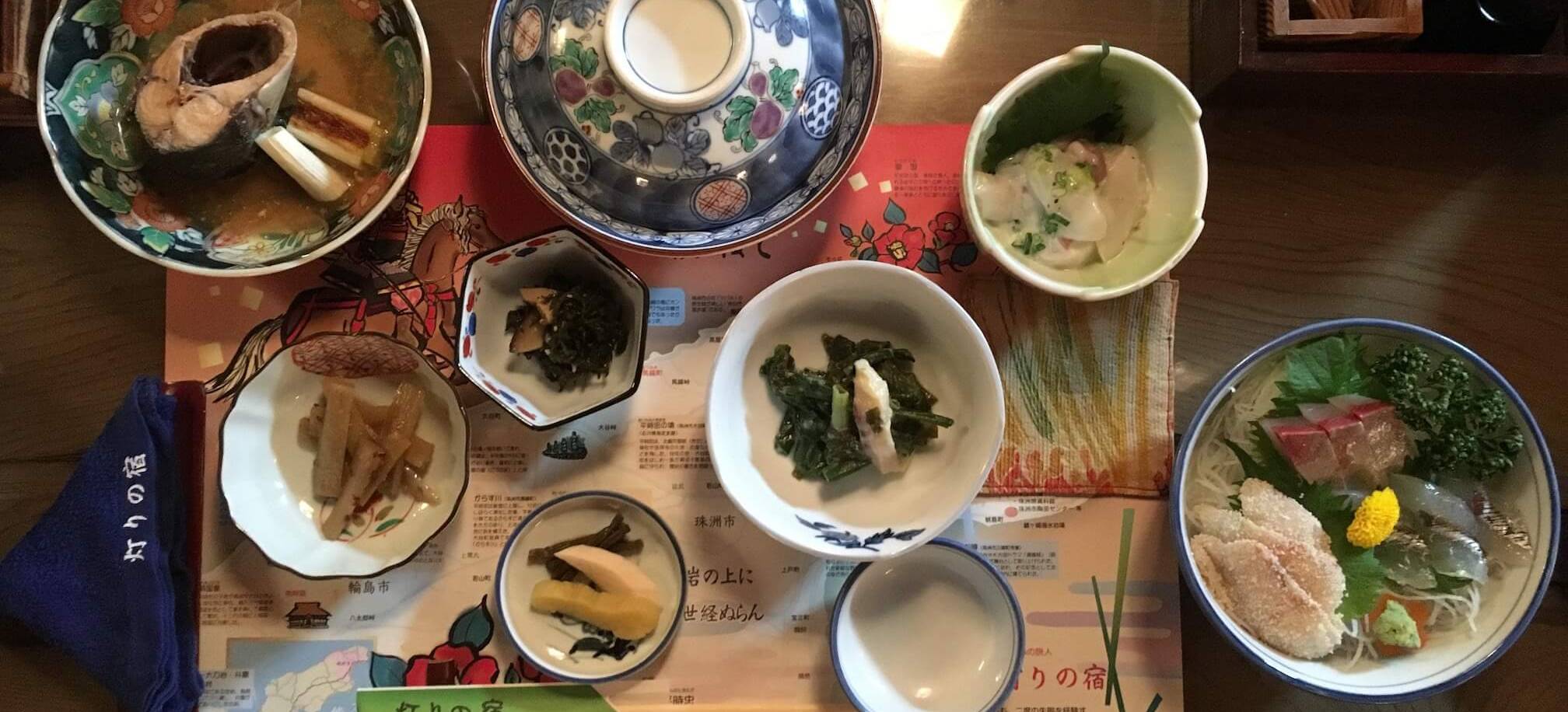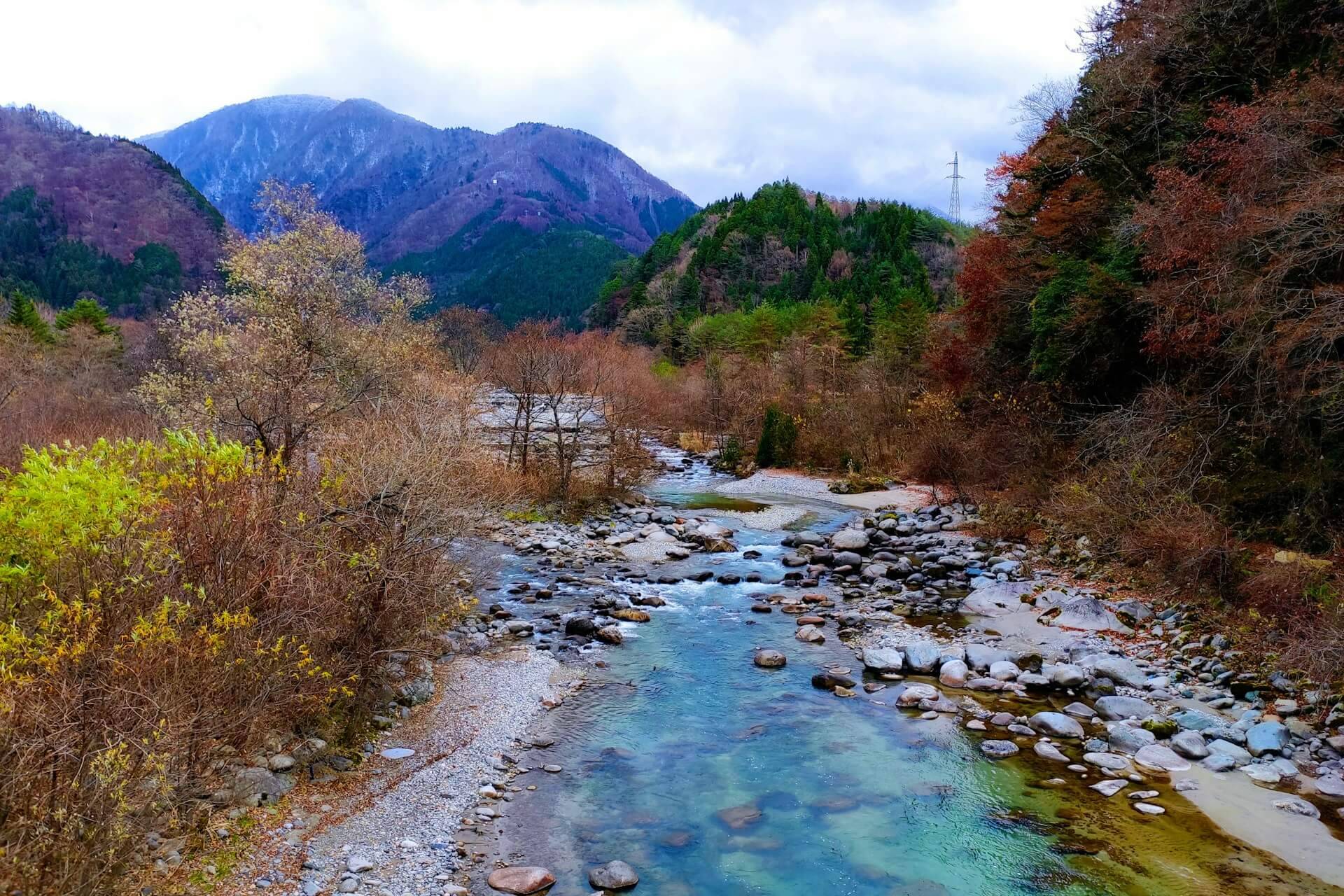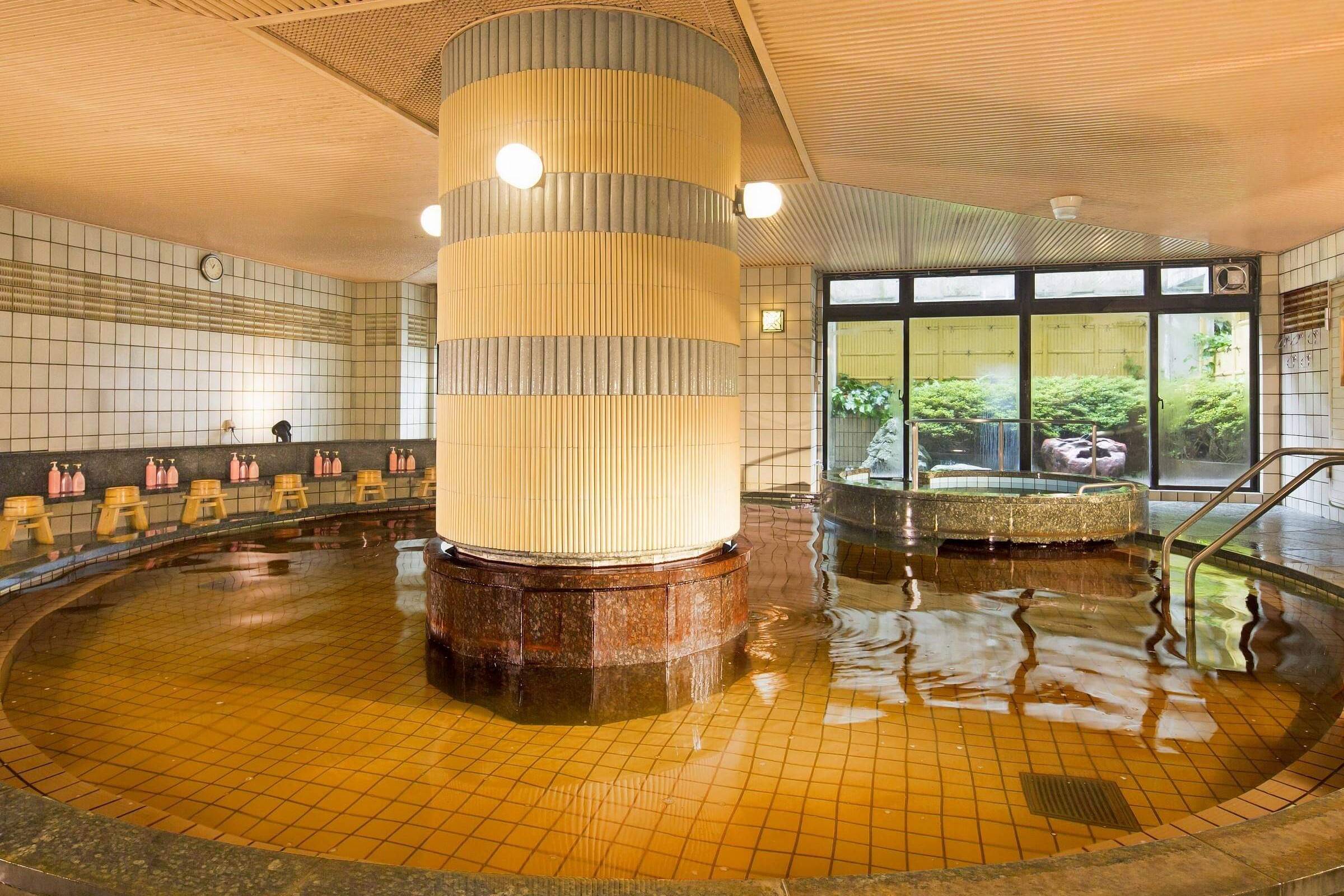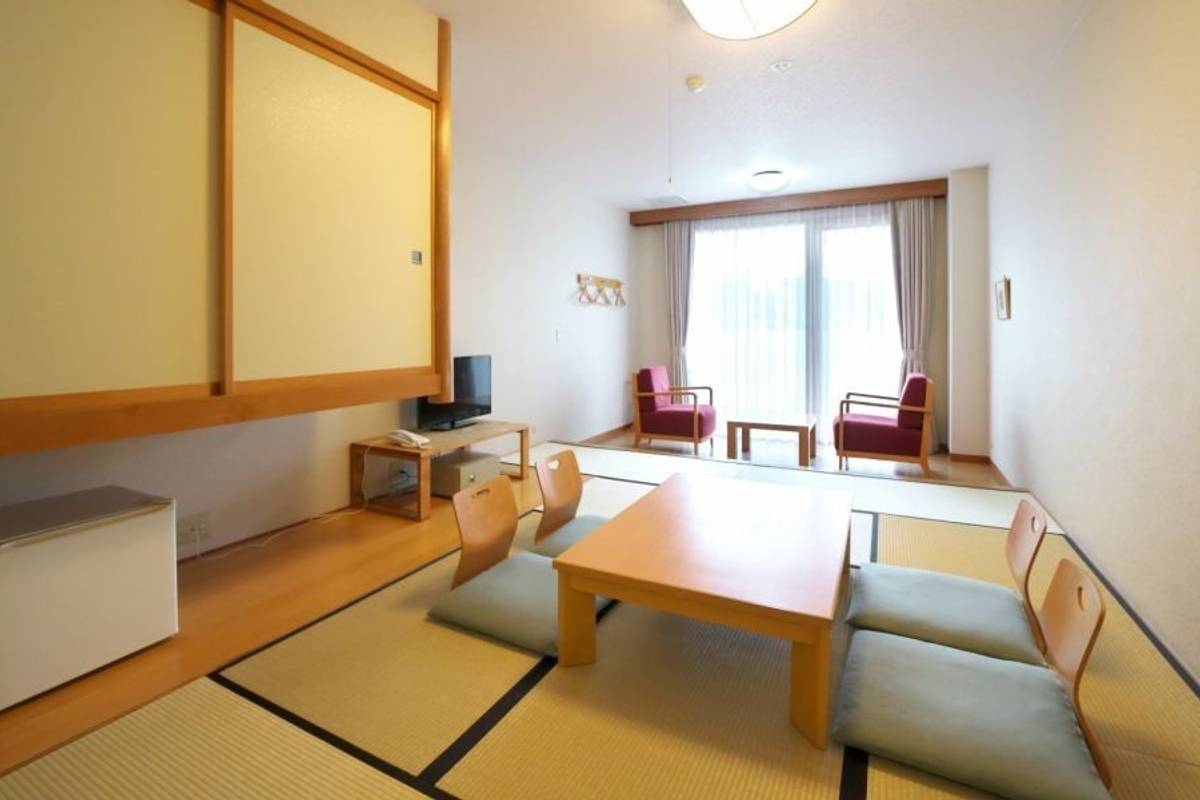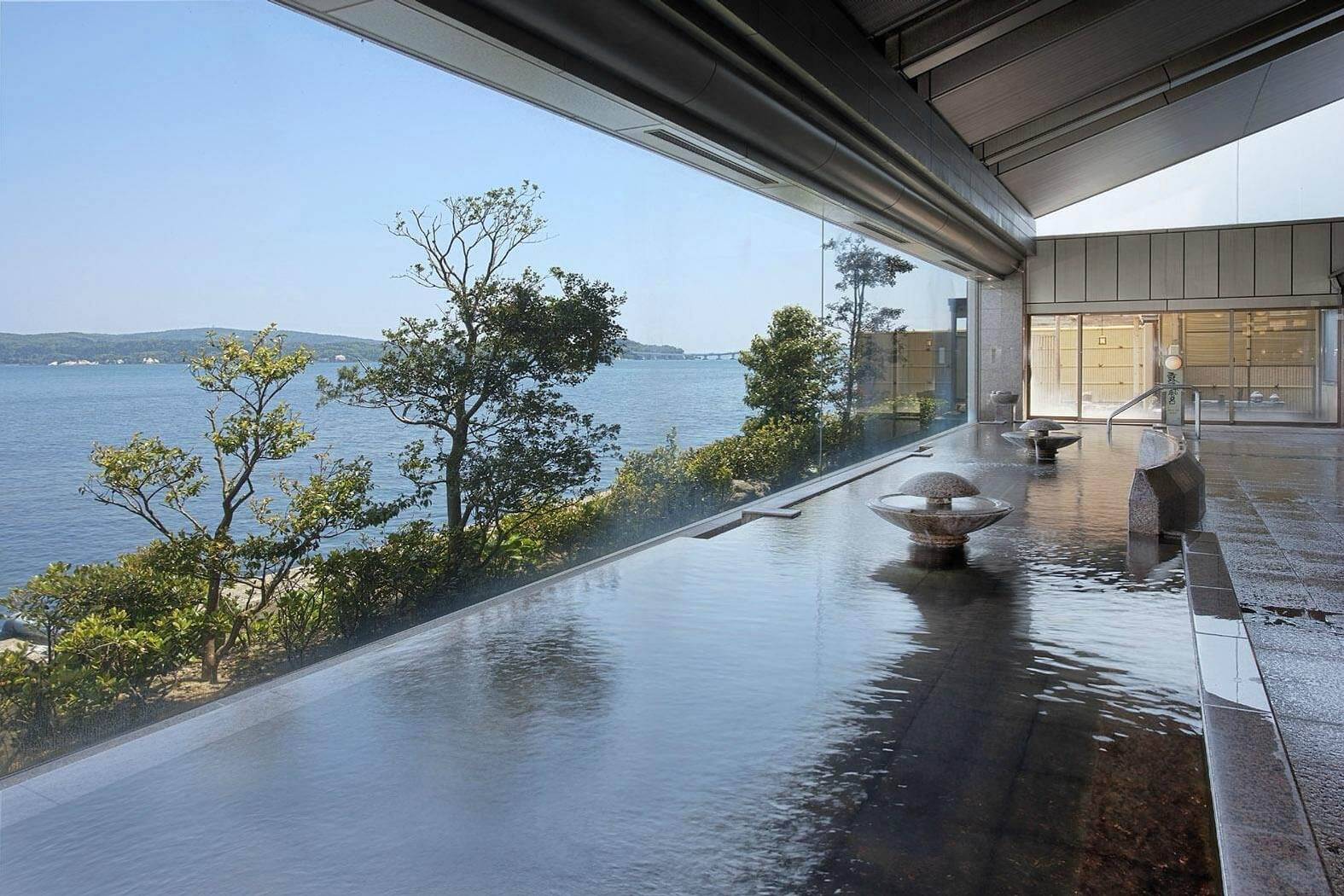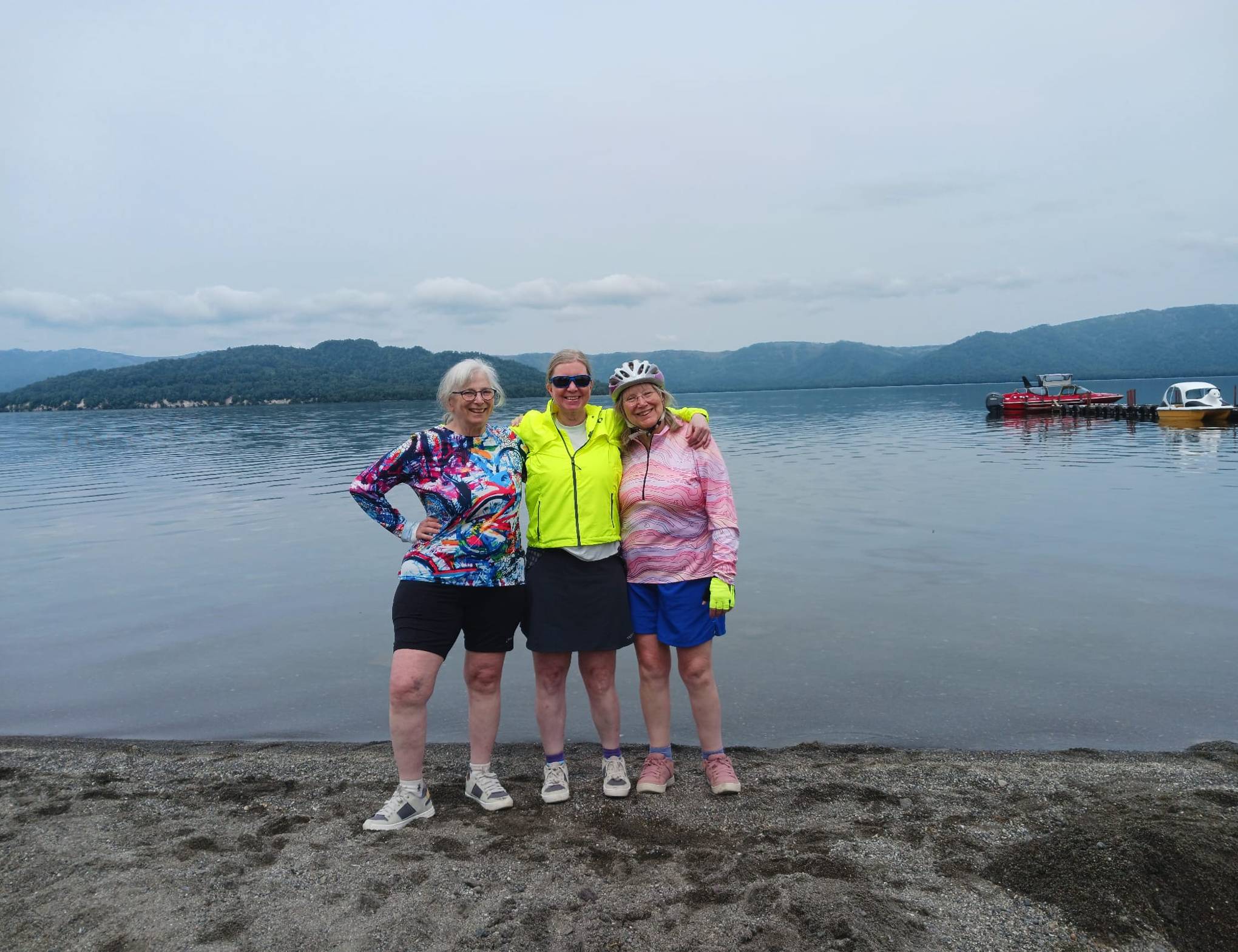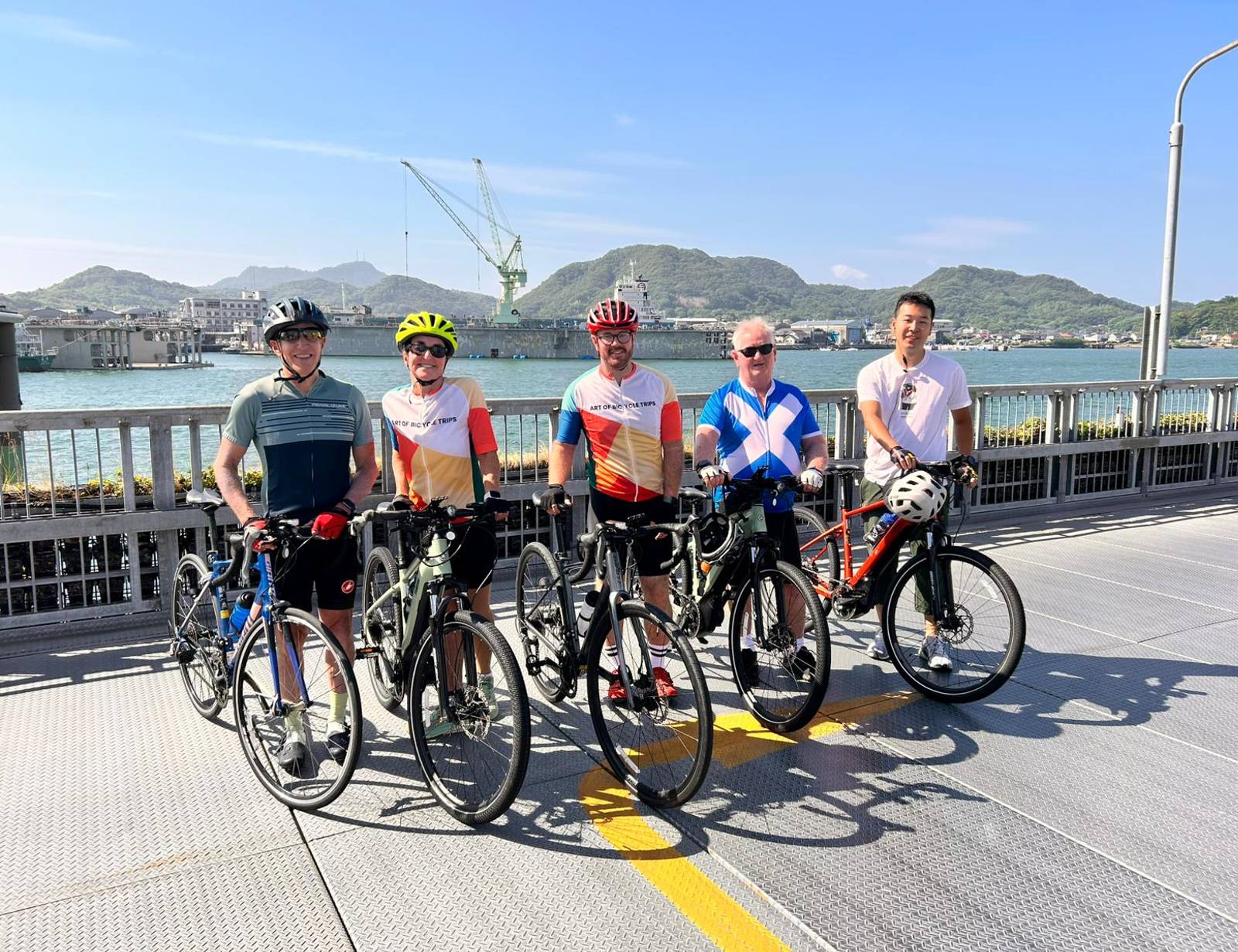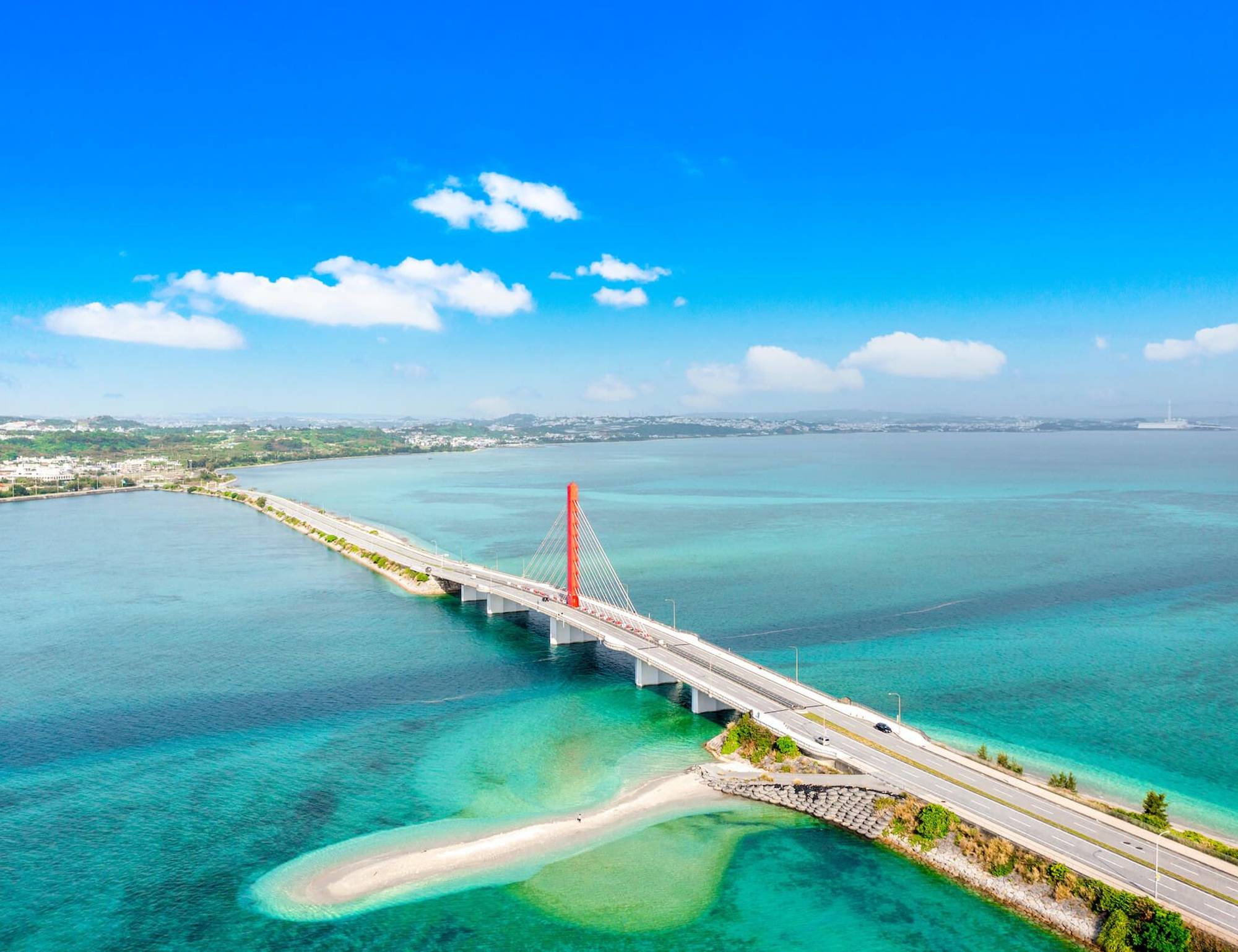8 days
From US $3,995
Noto Peninsula Plus! the Alps Bike Tour
Experience the ultimate cycling adventure with our Noto Peninsula Plus! the Alps Bike Tour, an exhilarating journey that combines the rugged beauty of Noto Peninsula with the majestic splendor of the Japanese Alps.
Begin your adventure by cycling along the stunning coastline of Noto Peninsula, renowned as one of the most breathtaking coastal routes worldwide. The Noto peninsula offers some excellent cycling routes, especially along its rugged coastline which is every cyclist’s delight. It is so isolated from the rest of Japan that until the medieval age, it was a place deposed kings and noblemen were banished to. However, it is this very isolation that has allowed Noto to develop its unique culture while remaining a relatively untouched and unexplored region of Japan.
Discover the UNESCO-recognized Oku-noto no Aenokoto rice harvesting ritual and delve into the Satoyama and Satoumi agricultural techniques that define Noto's landscape. Pedal through this enchanting region and be treated to a tapestry of unique agricultural landscapes and awe-inspiring coastal vistas.
But the adventure doesn't end there. Elevate your journey with a thrilling ride to the Japanese Alps, where we cycle through winding mountain roads and charming villages.
The cycling tour in the Noto Peninsula combined with Alps takes us through one of the most unique agricultural landscapes on earth, and some of the most beautiful coastal and mountain scenery. And of course, there are numerous Onsen springs and stays at Ryokan or traditional Japanese inns that complement the cycling experience.
Self-guided
casual hotels
Kanazawa | 17:00hrs
Gifu
moderate
60km/36mi
6
Min. 4, Max. 12
Highlights
Itinerary
Brief Itinerary
Meals are indicated as B = Breakfast, L = Lunch, D = Dinner.
Listed hotels are subject to availability and may be replaced with similar alternatives of equal standard.
| Day | Place | casual Inns | Meals | Distance | Activity |
|---|---|---|---|---|---|
| DAY 1 | Kanazawa | Kanazawa Hakuchoro Onsen | D | ||
| DAY 2 | Hakui | Kyukamura Ryokan | B,D | 60-75km/36-45mi | cycling |
| DAY 3 | Togi | Seaside Villa Bokkai | B,D | 60-75km/36-45mi | cycling |
| DAY 4 | Wakura Onsen | Aenokaze Ryokan | B,D | 95km / 57mi | cycling |
| DAY 5 | Transfer to Takayama | B | 30km / 18mi | cycling | |
| DAY 6 | Gujyo-Hachiman | B | 74km / 45mi | cycling | |
| DAY 7 | Gifu | Juhachiro | B,D | 64km / 38mi | cycling |
| DAY 8 | Departure | B |
Detailed Itinerary
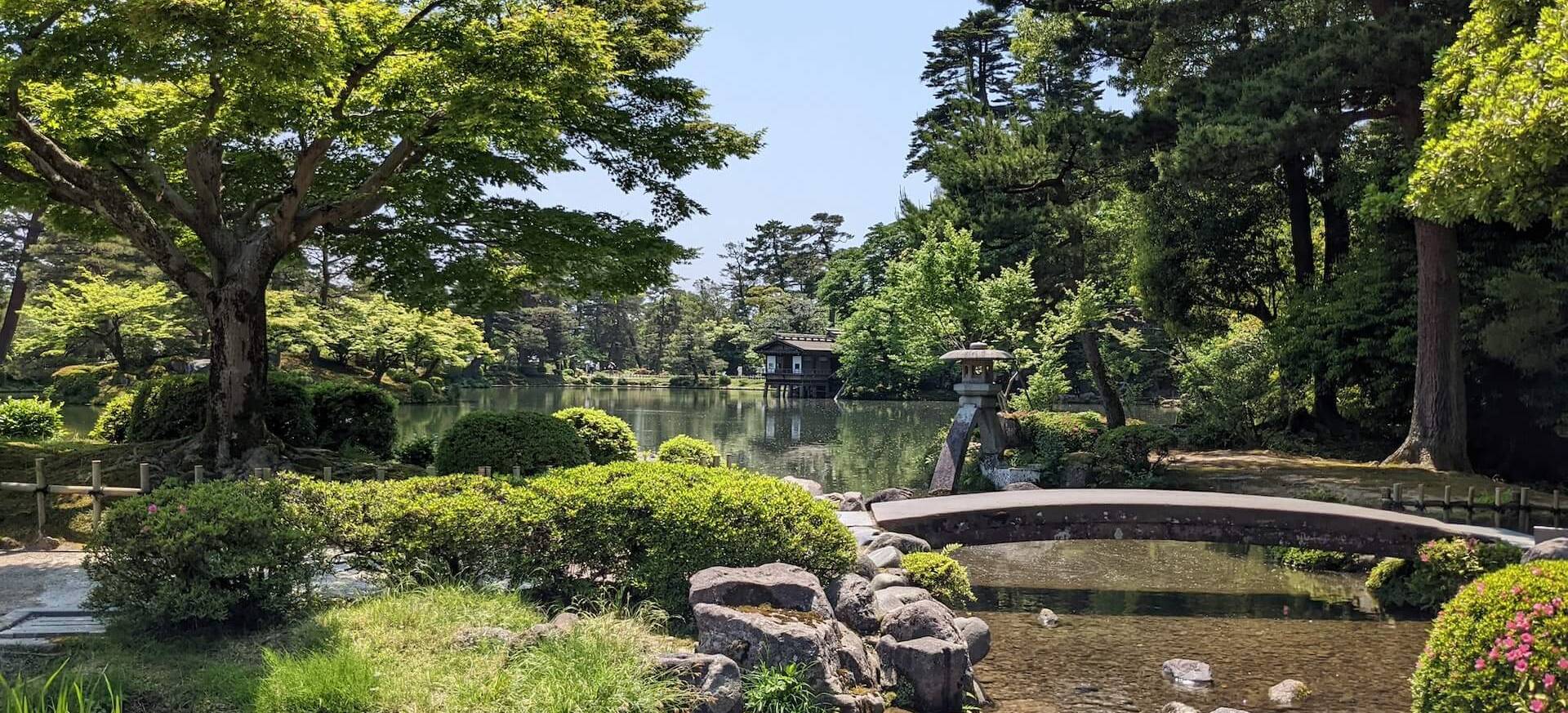
Day 1: Kanazawa
We meet at our hotel in Kanazawa at 5:00 PM. After an introductory meeting and bike fitting, we take a stroll through the city and enjoy a welcome dinner in town.
Kanazawa is a city of half a million inhabitants which is sometimes given the moniker of Little Kyoto, on account of its being a nerve center of cultural life in the region. Kanazawa has great food, beautiful wooden townhouses, and serene gardens.
However, the one thing that Kanazawa is known for, above all else, is its gold leaf craft. In fact, Kanazawa in Japanese literally translates to “gold marsh”. Gold leaf is real gold that has been hand-beaten into a weightless, paper-thin sheet, which is then used in a range of products, from home decor to paintings, and even in food. The small town of Kanazawa makes all of Japan’s gold leaf. So significant is the gold leaf craft of Kanazawa that UNESCO recognizes the Kanazawa gold leaf craft as an intangible cultural heritage of the world. A local delicacy we suggest you must try when in Kanazawa is the gold leaf ice cream, which is, as the name suggests, ice cream with gold leaf on it.
Yet another Kanazawa highlight is the Kenrokuen Garden, considered one of the three most beautiful landscaped gardens in Japan.
With so much to explore, you’ll have your hands full in Kanazawa even before our cycling adventure has begun. This is why we recommend that you arrive a day earlier in Kanazawa to explore some of it on your own. Kanazawa is a 3.5-hour bullet train journey from Osaka and 3 hours by bullet train from Tokyo.
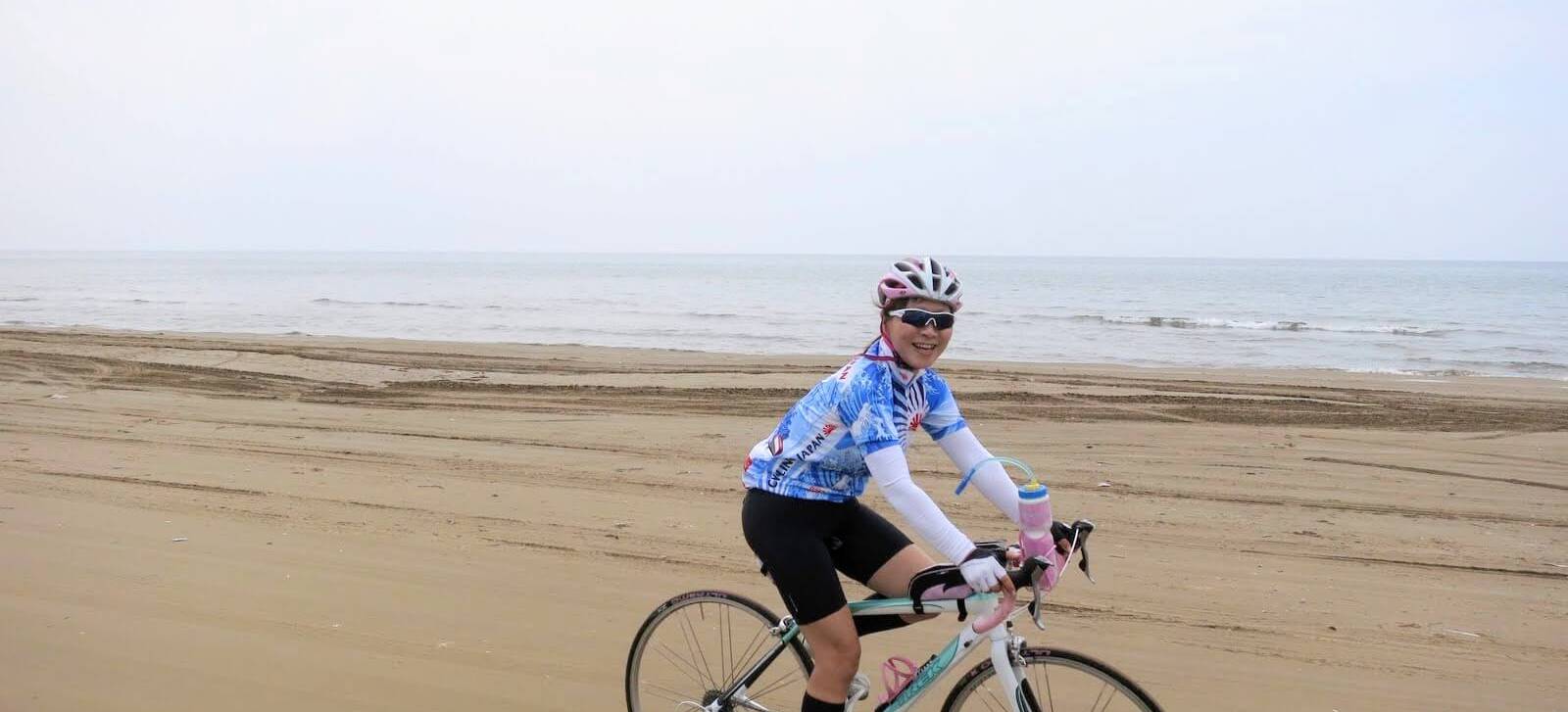
Day 2: Hakui
Near Kanazawa, we have the opportunity this morning to visit a traditional soy sauce factory, which is among the tour's highlights. Later, we begin our cycling journey by heading due west towards the Sea of Japan and then taking a sharp northwards course to ride along the beach. The ride takes us to the famous Chirihama Nagisa Driveway — an 8 km stretch of hard-packed sand on which it is permissible to drive and bike. This makes it perhaps the only driveway of its kind anywhere in the world. We stop by the beach for lunch and then continue onwards to our destination, which is the small town of Hakui noted for its silk textile production.

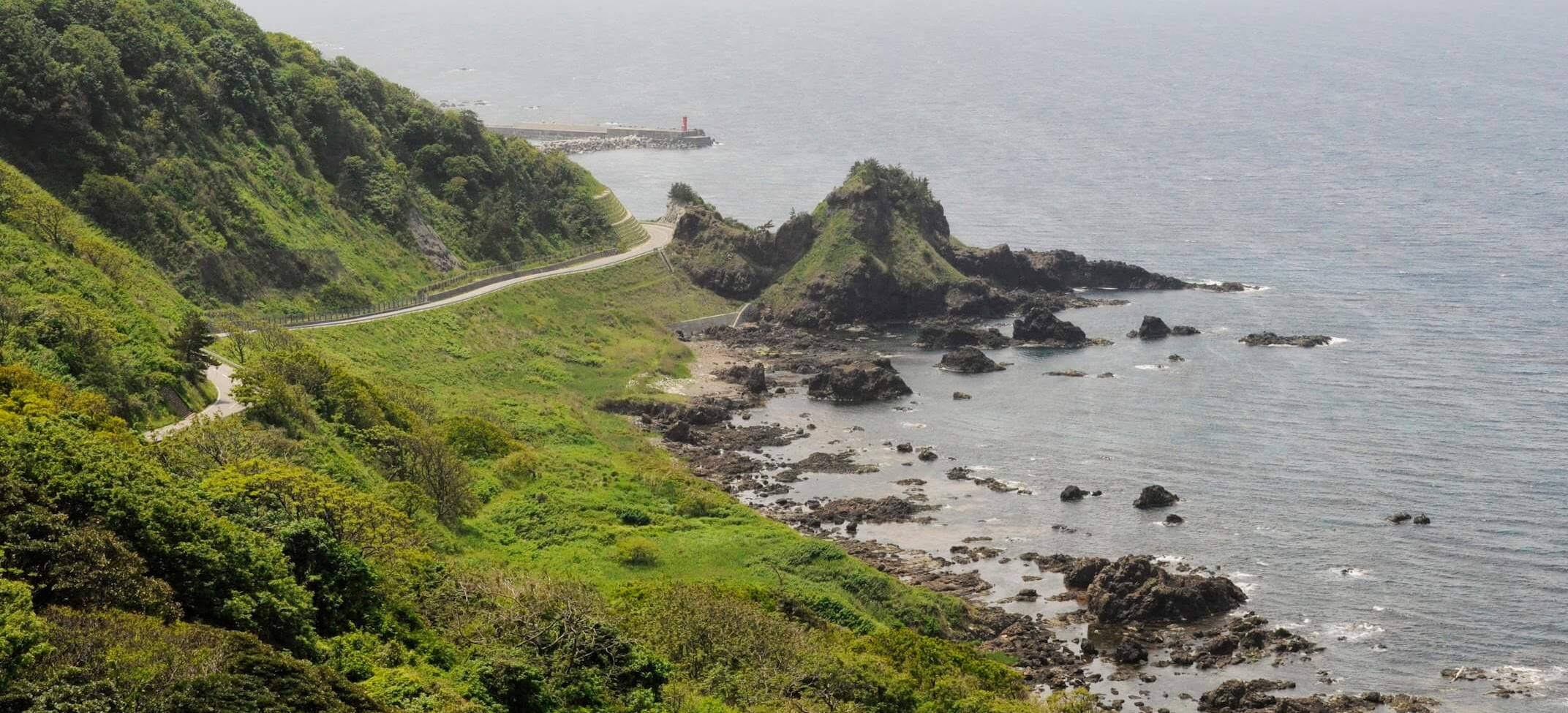
Day 3: Togi
We get on our bikes in the morning and continue heading due north along the coast. The sea is our constant companion on this day, and we cross several quaint fishing villages as we ride along the rugged Noto coastline. A particularly interesting phenomenon we get to observe this day is the fascinating rock formations along the coast, where the turbulent sea has shaped the rocks into interesting shapes over thousands of years. As we near the end of the day’s ride, we might get to catch the sun going down into the sea behind the famous Hatago Iwa, or “married rocks” that are considered sacred in the Japanese Shinto religion. We end the day’s ride at Togi, a town known for its ancient gold and silver mines.

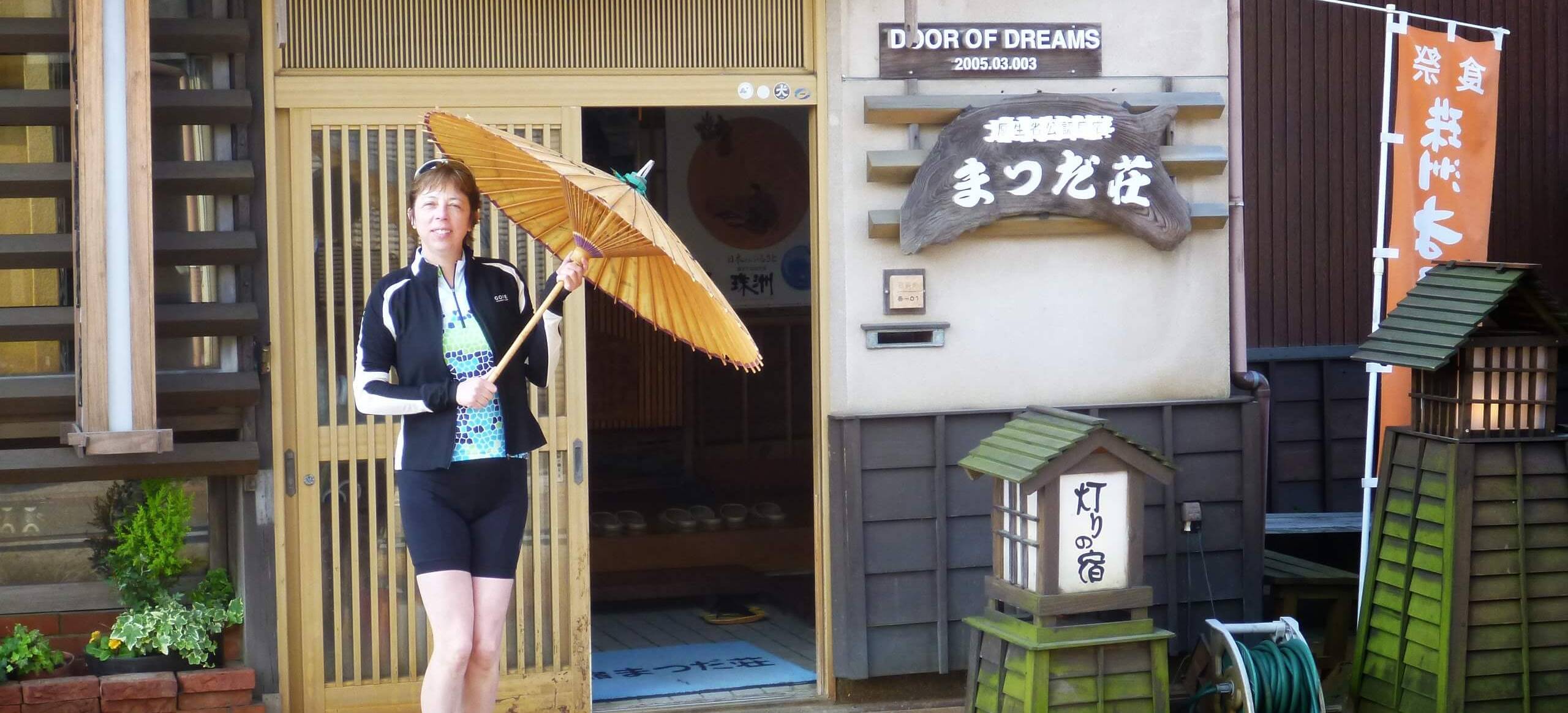
Day 4: Wakura Onsen
Since Suzu is the northernmost tip of the Noto peninsula, we now start biking in a southerly direction. We bike past fishing villages and white sand beaches, where we get off our bikes and dip our feet in the sand, relaxing for some time. We then get back on our bikes and ride through Noto Jima Island, a small island cut off from the rest of the Noto Peninsula by small strips of the Sea of Japan, forming natural bays. We ride over the bridges that connect the island to mainland Noto, and since it is quiet all around, we get to stop and admire the view of the bay from the bridge. We then ride onwards to our destination for the day, the famous Wakura Onsen.
Wakura Onsen is a system of hot water springs located close to Nanao Bay and was founded over 1,200 years ago. It is one of the oldest hot spring resorts in the region. The large ryokan offers guests excellent baths with gorgeous views. Today don't miss soaking in one of Wakura's world-famous hot springs and catching a glimpse of bottlenose dolphins from Noto Island.

Day 5: Transfer to Takayama
As we head inland by van away from Noto Peninsula, we experience a change of scenery from the ocean to mountain landscapes. Today we shuttle (about 2hrs) inland further to Hida Takayama, the foothills of the Japan Alps! After cycling out of the village, we start climbing on quiet mountain road where we see local farmers working on rice fields. After a pleasant downhill, we meet the Miya River where we are likely see local fishermen at work. The river flows through all the way to our destination Hida Takayama, often described as the little Kyoto because of the similarity of construction and atmosphere. We try some Hida beef here, the local specialty known as one of the best beef in Japan!
Day 6: Gujyo-Hachiman
Today, we cycle along the Hida Seseragi Highway, tracing the lively mountain streams. Passing through quaint villages, traditional shrines, and verdant paddy fields, we reach Gujo-hachiman, a castle town that thrived during the 16th century. Strolling leisurely along its atmospheric streets, adorned with ancient houses and water channels, we make our way to Gujo-hachiman Castle. Tonight, we indulge in the regional delicacy of Unagi eels, freshly caught from nearby rivers.

Day 7: Gifu
Derived from melting snow and rainfall in the central mountain ranges, the Nagara River is renowned for its pristine waters and serene allure. Today, we ride alongside this tranquil river to Mino City, renowned for producing the finest quality Japanese papers known as Mino Washi. Our ultimate destination, Gifu, beckons us with a festive dinner cruise along the Nagara River, offering a glimpse of Ukai, the traditional cormorant fishing method, from the comfort of our boat. (Please note that cormorant fishing is seasonal from May 11th to October 15th. During other times, we enjoy a traditional Japanese dinner at our accommodation instead.)

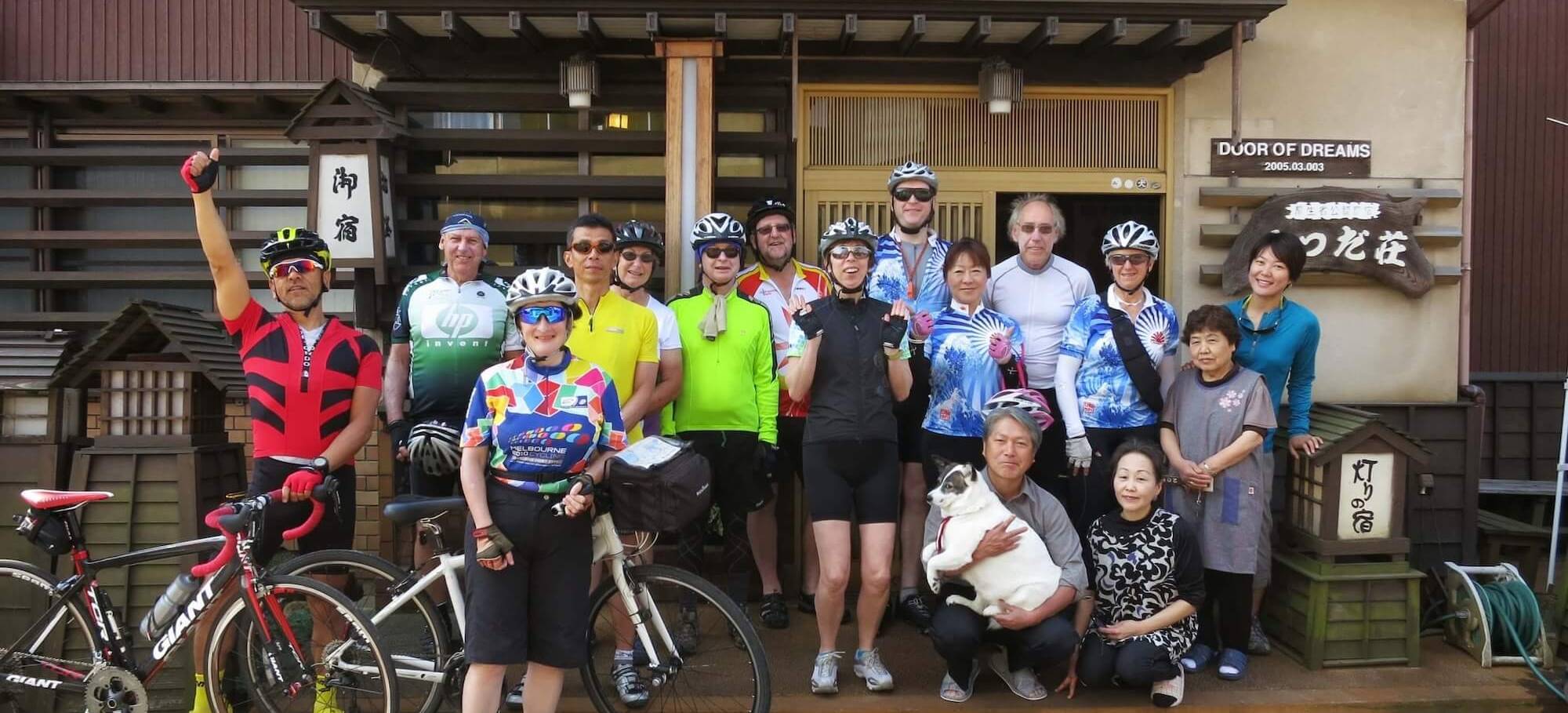
Day 8: Departure
The tour concludes following breakfast today. For transportation to Gifu station, a taxi ride of approximately 20 minutes is available, costing around JPY 2,000 per taxi. You can take a train from Gifu to Tokyo for 2.5 hours, and 1.5 hours to Kyoto.
Ready to plan your adventure? Download a print-ready detailed itinerary.
Map
Accommodation
Each hotel has been thoughtfully selected to ensure an exceptional and memorable experience for guests. Should the listed hotel be unavailable, we will ensure an alternative of similar quality.
Dates and Prices
Single Supplement
From US $350
E-Bike Upgrade
From US $150
Couldn't find a trip with convenient dates?
Open your date as a join-in tour or customize further as a private one.
Essential Info
Inclusions
LODGING
All hotels as mentioned in the tour details or similar (subject to availability).
trip leader
Expert Trip Leader(s) who look after your every need and add meaning to your vacation.
bike
Immaculately maintained bike with helmet, suited to a terrain.
shuttle
A Van support follows the group of riders and carries all belongings.
meals
Meals as per itinerary. Guests are given the opportunity to dine on their own so that they discover a location independently.
refreshments
Refreshments and mineral water while cycling.
entrance
Entrance fees to most of the monuments and temples.
Exclusions
Airport pickup and drop
We recommend to book direclty from airport or hotel.
Beverages
Beverages such as alcohol, tea, coffee, juice at a hotel or restaurant.
Gratuity
Gratuities for your guide team are not included in the trip price.
Bikes
When you have a road and the thrill of a journey ahead of you, it’s imperative to have a good bike to enjoy it. Our fleet majorly consist of the below bikes as a part of this tour. However, sometimes due to height or availability constraints, we may provide a different but similar quality bike.
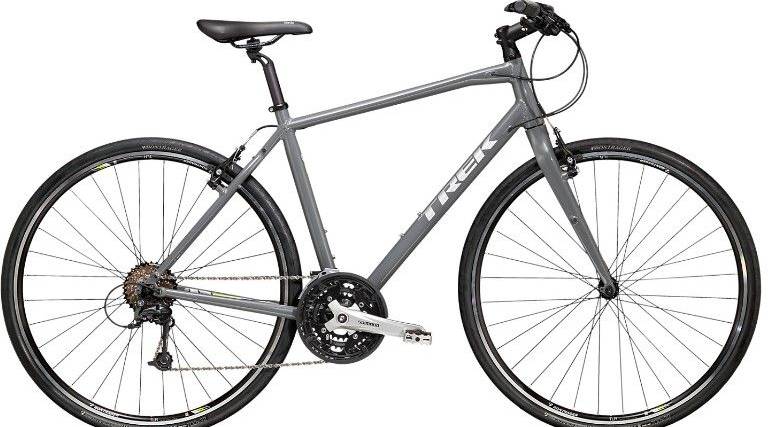
Trek FX 7.4 or similar
Included in your trip price
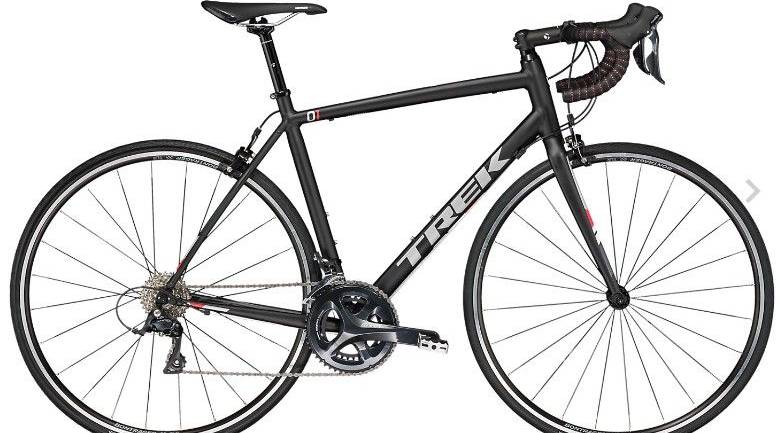
Trek 1.2 or similar
Included in your trip price
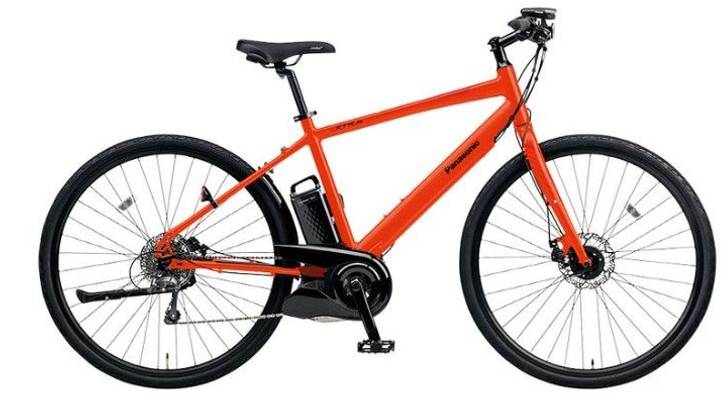
Panasonic Jetter or similar
Available at a surcharge
What to Expect
We want you to have a fantastic experience on your tour, so we aim to be upfront about what to expect along the way. Here are key details to keep in mind:
On hotels in Japan:
Most of the hotels in Japan offer a mix of Japanese inns (Ryokans) and Western-style rooms. It is important to note that room assignments are subject to availability and beyond our control.
Japan is renowned for its rich cultural heritage, and two quintessential elements of this heritage are onsen and ryokans. Onsen refers to natural hot springs, which hold cultural, historical, and spiritual significance for the Japanese people. Ryokans, on the other hand, are traditional Japanese inns that offer a unique and immersive experience into the country's customs and way of life. Together, onsen and ryokans provide travelers with an opportunity to indulge in relaxation, rejuvenation, and a deep connection with Japan's past.
The combination of onsen and ryokans creates a unique travel experience that perfectly encapsulates the essence of Japan. Guests at ryokans often have access to private or communal onsen baths, allowing you to soak in the therapeutic waters while enjoying the surrounding natural beauty.
Japanese-style rooms offer a unique local experience and are quite popular. They add a distinctive cultural touch to the tour. In Japan, taking public onsen hot spring in the hotel is so popular, so even nice beautiful hotels most time has rooms only with toilet.
Hence, for hotels lacking en suite bathrooms, guests are expected to utilize the communal bathing facilities. Furthermore, depending on the hotel style, when double rooms are requested, we may only be able to secure twin rooms.
Weather
Mid-April to mid-June and mid-Sep to the end of Oct are the warm months with an average temperature of around 20 degrees and most suitable for cycling in the Noto Peninsula.
Normally, Tsuyu season (rainy season) starts from early June to mid July. If we go on a bicycle trip during this time lasting over a week, there's a possibility of encountering rain on at least one day, though the possibility of rain remains similar during other seasons as well.
January
Offseason
February
Offseason
March
Mixed
April
Best
May
Best
June
Good
July
Mixed
August
Mixed
September
Good
October
Best
November
Good
December
Offseason
Best
Good
Mixed
Offseason
What to Pack
Packing smart is essential for a safe and enjoyable cycling adventure. From essential biking gear to clothing and travel necessities, this guide ensures you're prepared for any terrain or climate.
Recommended Bicycling Clothes & Gear
- Bicycling shoes or stiff-soled sneakers.
- Padded cycling shorts.
- Short-fingered cycling gloves (personal gloves are ideal).
- Brightly colored cycling jerseys or synthetic T-shirts for visibility.
- Synthetic cycling socks.
- Sunglasses with UV protection.
- Personal helmet (recommended even though provided).
- Personal saddle (optional for added comfort).
- Rain jacket or windbreaker.
- Cycling water bottle (to reduce plastic waste).
Note: Helmets, gloves, and water bottles are personal items, so bringing your own is recommended for maximum comfort and hygiene.
Clothing
- Light, breathable fabrics like cotton or linen.
- Full-sleeved clothing for sun protection.
- Warm layers for chilly mornings and evenings (if traveling in winter).
- Comfortable footwear for non-cycling time.
- Bring a compact rain jacket in case of sudden weather changes.
- Ethnic or modest clothing for exploring towns and temples.
Other Necessities
- Toiletries: Basic hygiene essentials, including insect/mosquito repellent and sunscreen.
- Hand sanitizer and wet wipes.
- Plug socket adaptor.
- Binoculars for wildlife spotting or desert landscapes.
Pro Tips
- Pack light but plan for the varying temperatures: warm days, chilly evenings, and desert winds.
- Use brightly colored clothing for visibility on roads.
- Pack light to leave room for shopping.
Luggage
Please limit your luggage to one medium-sized suitcase and one carry-on bag. Mark your luggage with your name, address, and phone number.
Visa Information
Before venturing on your adventure, make sure you're equipped with essential travel advice, including security updates, local laws, and crucial passport and visa information. Start by visiting the official government website of your home country for accurate and reliable guidance:
- UK Residents: Stay informed by reviewing the Foreign, Commonwealth & Development Office (FCDO) Travel Advice.
- US Residents: Access vital travel tips and updates through the US Department of State Travel Advice.
- Australian Residents: Plan ahead with the latest updates on the Smart Traveller website.
- Canadian Residents: Find comprehensive travel and visa guidance on the Government of Canada's Travel Advice and Advisories.
- New Zealand Residents: Get practical travel advice on the New Zealand SafeTravel website
- Residents of Other Countries: Check with your government or local consulate for tailored travel advice and requirements.
Note: Passport and visa regulations can change at any time. Stay proactive by checking for the latest updates to ensure a smooth and stress-free journey.
Insurance
Medical insurance that covers medical costs in case of an accident during the trip is mandatory to participate in our tours.
We recommend to purchase adequate travel insurance in order to participate in our tours and protect yourself from unforeseen events. Our experience shows that guests who purchase travel insurance—including coverage for all activities on the itinerary, trip cancellation, interruption, delay, baggage damage, loss or theft, personal accident, death and repatriation costs, medical and emergency expenses (including Covid-19), and personal liability—travel with greater peace of mind.
Can I use my credit card insurance?
Yes, as long as it meets our requirements and provides adequate coverage. Ensure you have an emergency contact number and policy number available.
When should I buy travel insurance?
Purchase travel insurance as soon as you've paid in full or booked your flights.
Is proof of travel insurance required?
Yes. You must provide your insurer's name, policy number, and emergency contact via our reservation form. This is mandatory. If you cannot provide proof, you’ll need to purchase insurance before traveling with us.
Does Art of Bicycle Trips sell travel insurance?
We do not sell travel insurance directly, as we believe our customers should have the freedom to choose a policy that best suits their needs. However, we recommend Insured Nomads as a great starting point.
Reviews from our friends
You may also like
End of tours

